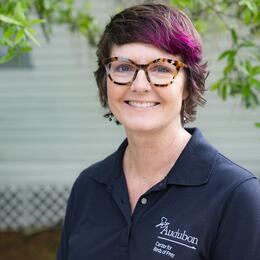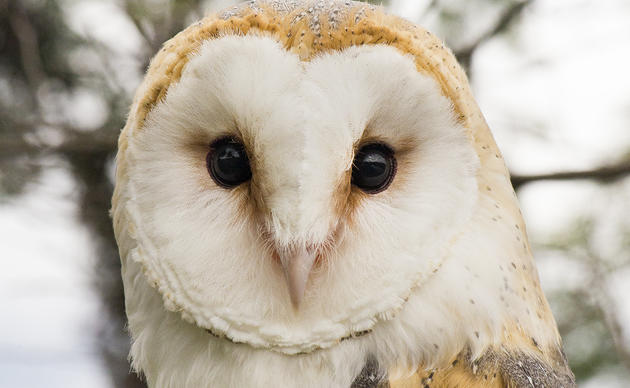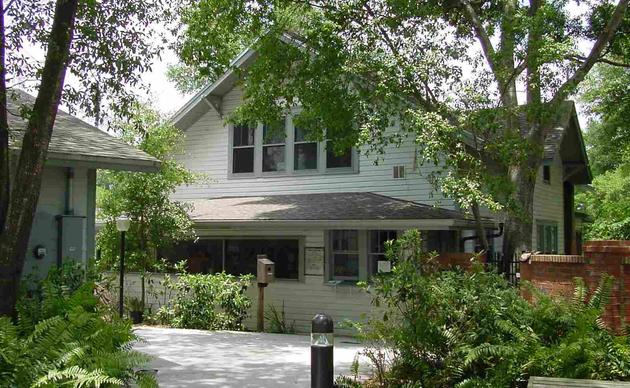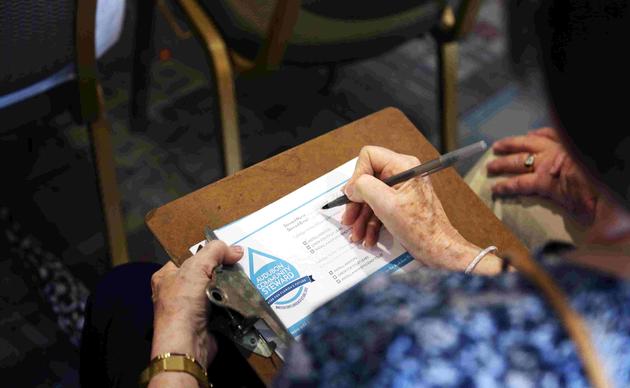On March 26, the Center for Birds of Prey team released our first auxiliary banded fledglings of the season.
The first eaglet fell from a newly reported nest in Lady Lake Florida on February 27. EagleWatch volunteers found it on the ground and arranged for its rescue and transfer to the Audubon Center for Birds of Prey for treatment. The second eaglet came to the Center on March 4 after being found on the ground under a nest monitored by EagleWatch in Hillsborough County. Interestingly, its sibling was also rescued on the ground a couple of weeks later. Although these eaglets came from different nests in different counties, they were both ready to return to the wild at the same time, so the Audubon team released them together.
Fledglings typically spend up to a week or longer with their parents learning vital hunting and survival skills, so every effort is made to release fledglings near a nest with a family still present to provide guidance and supplemental feedings until they are skilled enough to catch their own food. Because the family of the fledgling from Lady Lake remained at the nest, that location was chosen for the double release. Eagle parents will raise and feed young that are not their own, an advantageous trait when a fledgling cannot be returned to its own nest or family.
Audubon banded each eaglet before release with a silver federal band and a green auxiliary band (indicating it hatched in a natural nest) with a unique, easy-to-read alphanumeric code.
Resights of these auxiliary bands help researchers track important population statistics, including: survival, habitat use, and movement within and outside of Florida. To date we have released 107 fledglings as part of this study, with 65 band resights reported, 10 of which were outside of FL.
As we wish these two recently released fledglings well, we anticipate the release of an additional 8 fledglings currently treated at the Center for Birds of Prey. Like teenagers, young eagles eat a lot, and the cost of their food has tripled in recent years. You can support our efforts to return these majestic birds to the wild by donating today.
Have you spotted a banded Bald Eagle? Make note of the band color, alphanumeric code if visible, and which leg the band is on and report this important information to the U.S.G.S. Bird Banding lab. This data helps researchers track longevity, migratory habits, habitat usage, and other vital population parameters.





